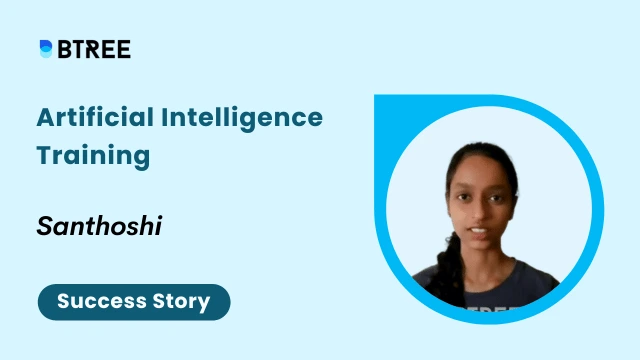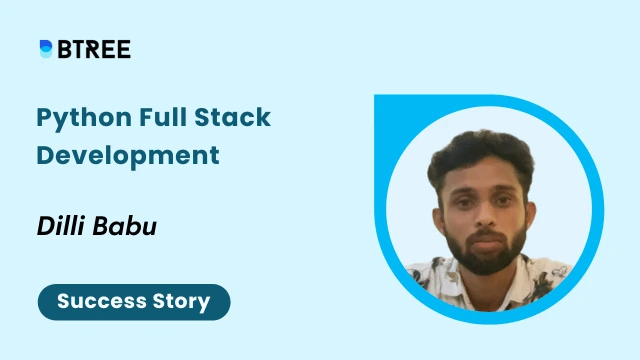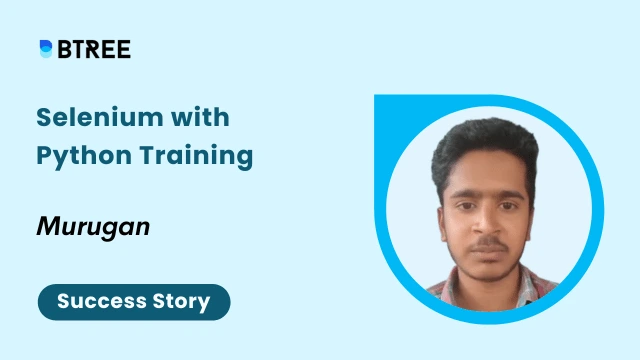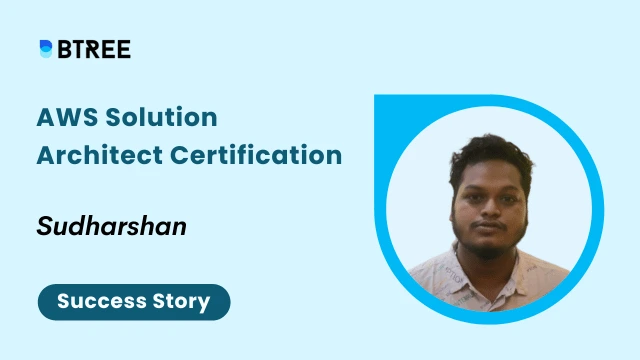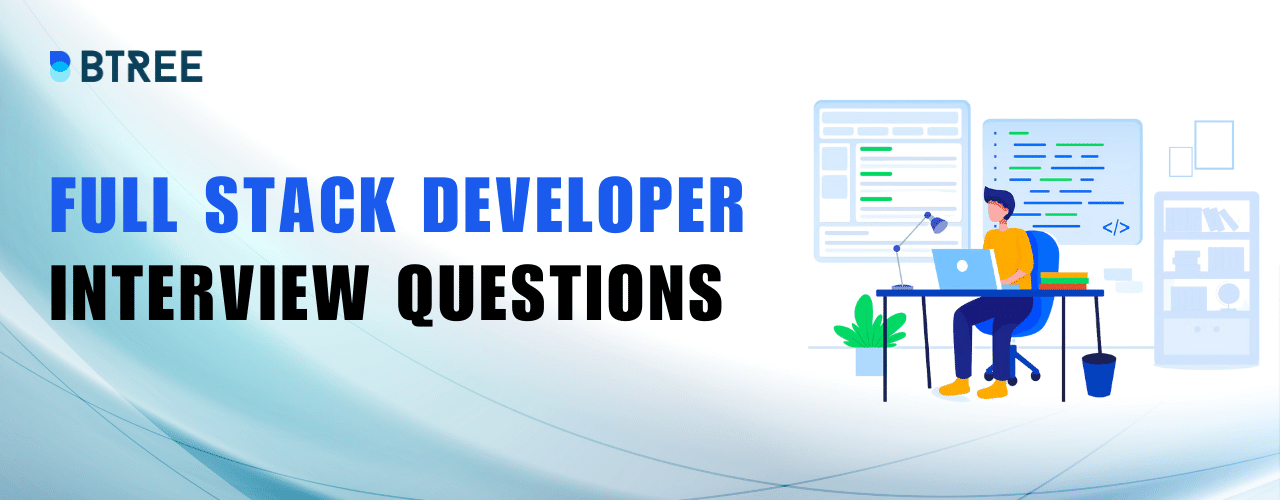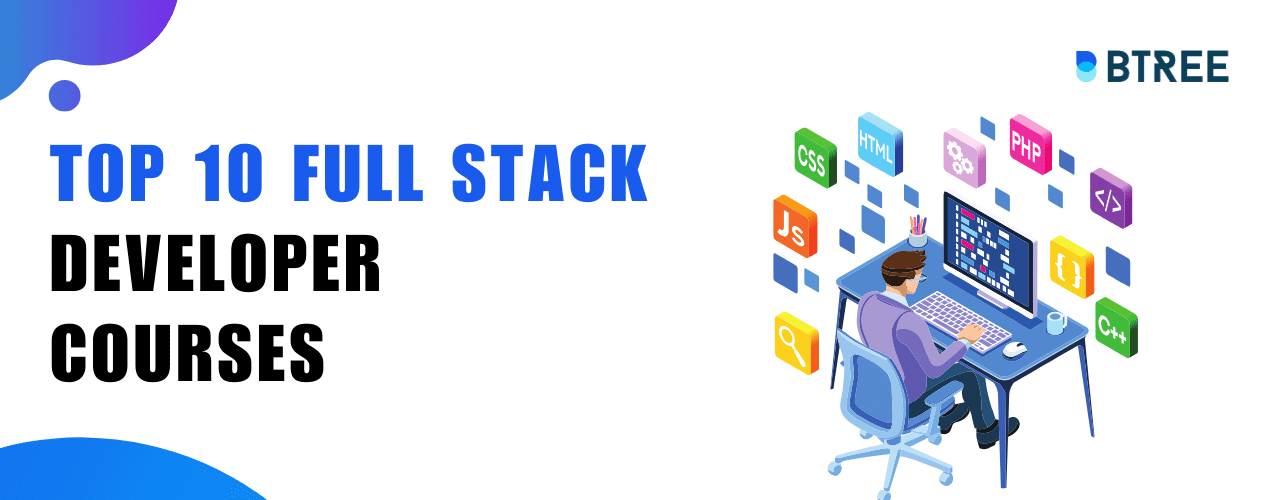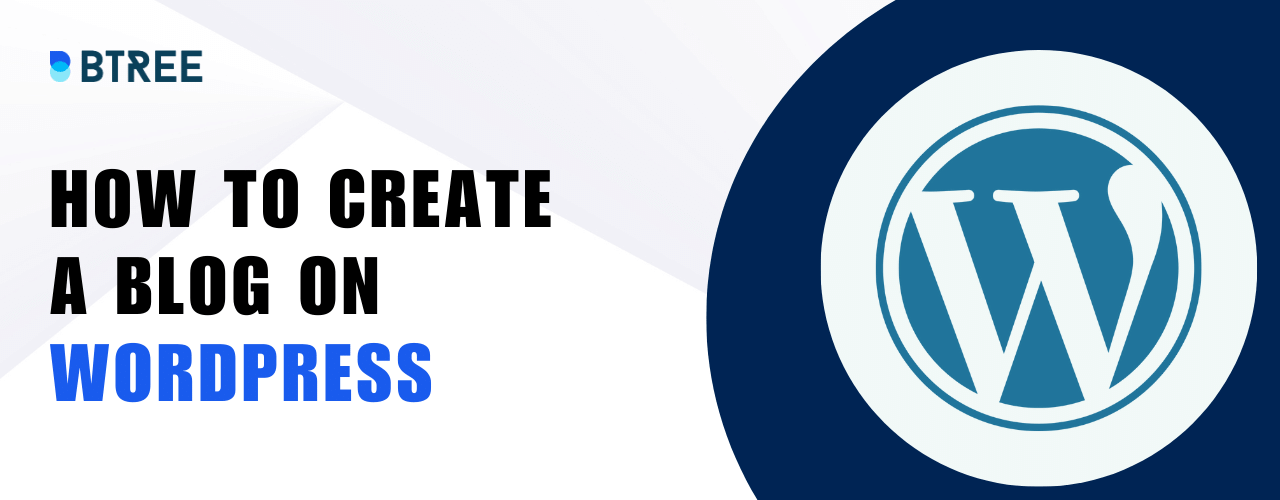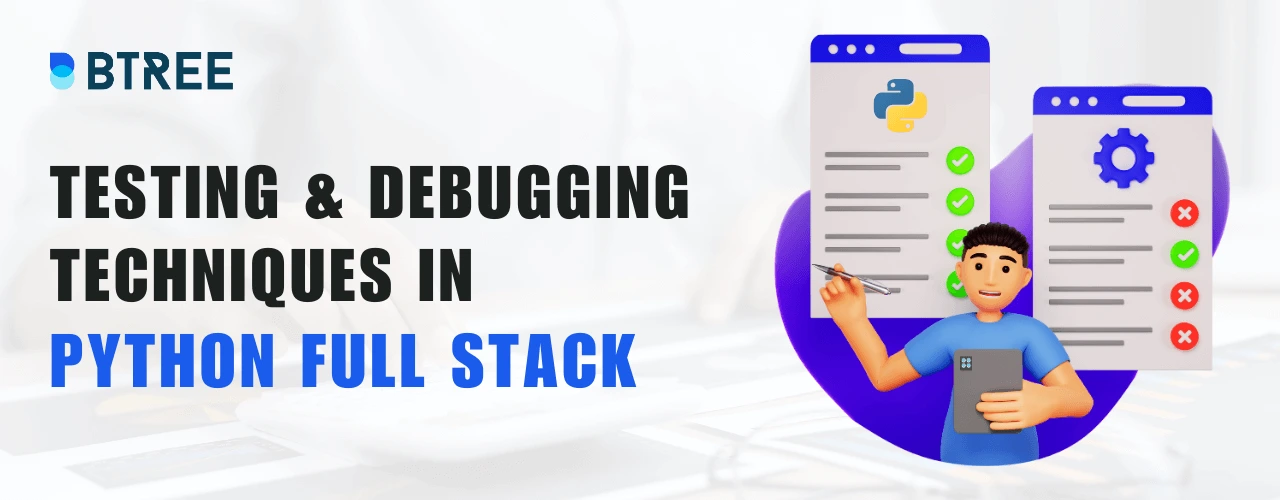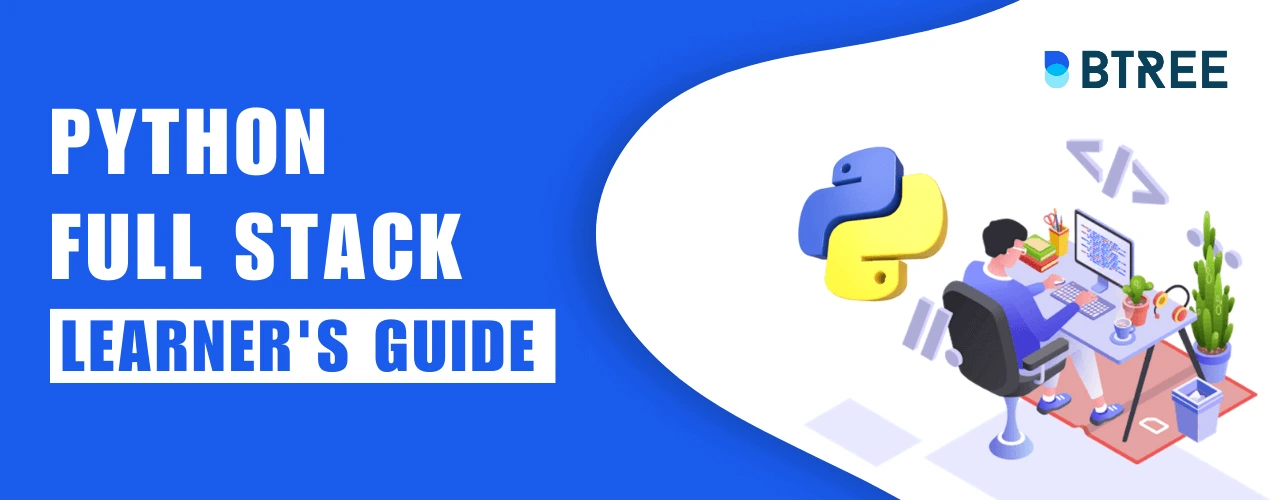
- Who is Python Full Stack Developer
- Role of Full Stack Developers in Today's Technology
- Essential Skills and Prerequisites for Python Full-Stack Development
- What Are The Steps To Set Up A Python Development Environment?
- Front-End Development with Python
- Back-End Development with Python
- How to Create Web APIs with Python?
- How to Design and Manage Databases?
- Deploying and Managing Applications
- Conclusion
- FAQs
The main objective of this comprehensive blog revolves around acquainting readers with the details of learning Python Full Stack Development. It encompasses various crucial aspects, ranging from setting up the development environment to exploring front-end and back-end development techniques using Python. The blog also tackles building RESTful APIs, mastering database design and management, and achieving excellence in deployment and DevOps. With the knowledge gained from this article, readers will attain a firm foundation in Python Full Stack Development, enabling them to embark on their own projects.
Who is Python Full Stack Developer:
A skilled professional proficient in both front-end and back-end development utilizing the Python programming language. They skillfully use frameworks such as Django and Flask to construct captivating user interfaces and construct server-side components. A Python Full Stack Developer thoroughly looks into database management, deployment administration, and ensuring seamless functionality of web applications.
Role of Full Stack Developers in Today's Technology:
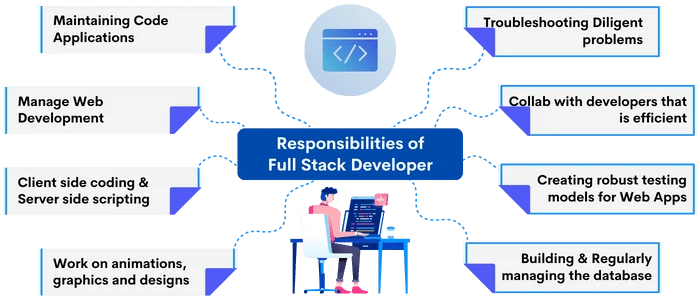
Full Stack Development includes the expertise required for both front-end and back-end development, empowering developers to create complete solutions. In an era where technology thrives, organizations are actively seeking developers capable of overseeing the complete development pipeline – from crafting captivating user interfaces to skillfully managing databases and deploying applications.
a. The Ultimate Language for Full Stack Development
Python undeniably reigns as a versatile and robust programming language that naturally aligns with Full Stack Development. Its impressive array of frameworks and libraries streamlines the intricate development process. Moreover, Python's clear, readable syntax simplifies code comprehension and maintenance. The unwavering support from its vibrant community and the boundless library ecosystem amplify Python's standing as the unrivaled choice for Full Stack Development.
b. Grasping Full Stack Development and Its Constituents
Full stack development, a prevalent way of constructing web applications, involves collaborating on both the front-end and back-end facets of a website. Simply put, it entails proficiently managing the components visible and interactive to users (front-end) in addition to the concealed underlying functionality (back-end).
The front-end involves elements like the visual arrangement, design, and user interface that users engage with during their website visits, such as engaging with buttons, completing forms, and navigating through pages. Conversely, the back-end entails the server, database, and business logic, undertaking tasks such as processing user requests, storing and retrieving data, and ensuring the overall operational activities of the website.
By acquiring proficiency in full stack development, individuals attain the capability to proficiently work on both the front-end and back-end, transforming them into well-rounded developers. Mastery in this area empowers individuals to create user-friendly interfaces and integrate intricate functionalities, thereby granting them enhanced flexibility and control over the entire web development process.
Benefits of Acquiring Full Stack Development
Learning full-stack development has a multitude of advantages:
1. Versatility: A full stack developer has the ability to undertake diverse responsibilities within a web application. Their versatile ability to carry out both client-side (front-end) and server-side (back-end) tasks unlocks plenty of opportunities to contribute across various project aspects.
2. Efficiency: Full-stack developers operate autonomously and assume multiple responsibilities, minimizing the need for constant coordination between teams. Consequently, the development process becomes streamlined, and efficiency is greatly amplified.
3. Holistic Comprehension: When you learn about both front-end and back-end development, it helps to have a good understanding of how web applications work. This helps developers make informed decisions and devise logical solutions that seamlessly blend across various components.
4. Career Prospects: Proficiency in full stack development is highly famous in the job market. Companies frequently seek developers capable of managing diverse aspects of web development, individuals possessing such expertise have an extensive array of career opportunities awaiting them.
Essential Skills and Prerequisites for Python Full-Stack Development
To embark on an adventure in Python full stack development, there are essential skills and conditions you shouldn't forget.
• Proficiency in Python: Since Python is the primary language used for full-stack improvement in this context, it is vital to have a strong basis in Python programming. You should explore and understand the language syntax and object-oriented programming principles.
• HTML, CSS, and JavaScript: For developing user interfaces and web pages, it is essential to have a good understanding of front-end technologies such as HTML, CSS, and JavaScript. Gain proficiency in these languages to design and expand user-friendly web pages.
• Web Frameworks: Python offers effective web frameworks, including Django and Flask, which simplify the process of constructing web applications. Familiarize yourself with those frameworks and discover ways to leverage their capabilities to streamline improvement tasks.
• Database Management: Full-stack developers have to work with databases to store and retrieve data correctly. You will need to have strong knowledge of SQL (structured query language) and NoSQL (Not Only SQL) for relational databases and non-relational databases.
• Version Control: Proficiency in version control tools like Git is important for collaborative development and code management. Learn a way to use Git for tracking modifications, branching, and merging code repositories.
By acquiring the essential abilities and meeting the necessary prerequisites, you'll be fully prepared to dive into the world of Python Full Stack Development and unleash your potential in creating dynamic web applications.
Take the next step in your learning journey by enrolling in the Python Full Stack Development course in Chennai, where you can gain hands-on experience and practical knowledge to excel in this field.
What Are The Steps To Set Up A Python Development Environment?
Installing Python and Required Libraries
Step 1: To get started with Python full stack development, you need to install Python and some important libraries on your PC. Here's how you can do it:
Step 2: Go to the authentic Python website (python.org) and download the contemporary model of Python.
Step 3: Just follow the instructions you see on the screen to install Python on your laptop.
Step 4: Make sure to test the option to add Python to your system's PATH during the set up. This will assist you in using Python from everywhere on your laptop.
Step 5: Once Python is installed, open the command set off or terminal and type "python" to check if it is installed successfully. You need to see information about the Python version you installed.
Step 6: Then you must install a few libraries that are needed for web development. As python offers a package manager called pip that makes it extremely easy to install the libraries you need. Open the command prompt or terminal and type with the name of the library you need to install.
Repeat step five for each library you need. Some normally used libraries for web improvement with Python are Django, Flask, Requests, and Beautiful Soup.
Choosing an Integrated Development Environment (IDE)
An Integrated Development Environment (IDE) is a software that assists you to write and manage your code. Here are some popular IDEs for Python development:
• PyCharm: PyCharm is an effective IDE made particularly for Python. It has many functions like code finishing touch and debugging. You can get a free community edition or use the expert version with additional functions.
• Visual Studio Code: Visual Studio Code is a lightweight code editor that helps Python development. It has extensions which could enhance your coding level, such as debugging and an integrated terminal.
• Sublime Text: Sublime Text is a simple and fast textual content editor. It has a wide range of plugins and extensions that you can personalize to support Python development.
Choose an IDE that you find most comfortable to work with and that provides the functions you need.
Configuring Databases and Server Environment
You'll need to set up the needed databases and server environments for your web applications.
• Configuring database: First, you need to select which database from PostgreSQL, MySQL, or MongoDB, you want to go with. Install the desired database software on your laptop and create a database for your assignment. You'll also need to put in Python libraries to work with the database.
• Server Environment: Depending on your mission, you may need to install a server environment. This can involve installing internet servers like Apache or Nginx, setting up digital hosts, and making sure your server supports Python.
• Test Your Configuration: Once the entirety is set up, check your database and server environment. Connect to the database from your Python code and carry out primary operations to ensure it is working correctly.
By following those steps, you may have an ready-to-use development environment for constructing Python full-stack applications. Remember to preserve your tools and libraries up to date for better overall performance and safety.
Front-End Development with Python
HTML, CSS, and JavaScript are used to create appealing and interactive internet pages.
• HTML: It is a language that allows structure of the content of web pages. It uses tags to outline different elements like headings, paragraphs, photos, and hyperlinks. HTML offers the structure of your web pages.
• CSS: This is used to style web pages and make them attractive. It allows you to alternate shades, fonts, alignments, and other layout factors of your web pages.
• JavaScript: JS (Java Script) is a dynamic programming language that transforms your web pages. It enables you to create dynamic elements like image sliders, shape validations, and actual-time updates. JavaScript makes your web pages more engaging and responsive.
Introduction to Python Web Frameworks (e.g., Django, Flask)
Python offers web frameworks like Django and Flask, which makes web development less complicated. These frameworks provide structure and tools to address common web development tasks.
- Django is a powerful web framework that follows a specific model-view-controller (MVC) architectural pattern. It offers many built-in features to deal with databases, URLs, paperwork, and person authentication. With Django’s common web development tasks already built-in it saves significant time and effort.
- Flask is a lightweight and flexible web framework. It gives you greater freedom to pick the components you want to apply to your utility. Flask is mostly used for smaller projects or when you want greater customization alternatives.
Back-End Development with Python
1. Introduction to Back-End Development and Server-Side Programming
Back-end development is an extremely essential component of web development that focuses on the server-side of applications. It includes dealing with tasks behind the curtain, such as processing requests, handling databases, and making sure things go smoothly. Server-side programming is the footing for back-end development.
2. Working with Python Web Frameworks for Back-End Development
Python offers powerful web frameworks that simplify lower back-end development. These frameworks, including Django and Flask, provide a structured approach to constructing solid web applications. They come with pre-built features and libraries that manage common tasks, allowing builders to implement the specific capability in their application.
3. Handling HTTP Requests and Responses
HTTP (Hypertext Transfer Protocol) is the protocol used to communicate among web browsers and servers. In back-end development, it's extremely vital to know how to handle HTTP requests and responses. Developers use Python to process incoming requests, extract facts, and generate suitable responses. This includes routing requests to the right functions, validating inputs, and returning the desired information to the client.
4. Interacting with Databases (SQL and NoSQL)
Databases play a vital function in back-end development as they save and retrieve data for web applications. Python gives assistance for each SQL (Structured Query Language) and NoSQL (Not Only SQL) databases. SQL databases, including PostgreSQL and MySQL, use a more structured way to store data whereas on the other side NoSQL databases, like MongoDB and Redis, provide a more flexible and scalable data storage solution. Developers use Python to interact with databases, perform queries, and control information as required by application.
Back-end development with Python enables builders to create powerful web programs that manage complicated tasks behind the curtain. By leveraging Python web frameworks, managing HTTP requests and responses, and interacting with databases, builders can build sturdy and efficient back-end systems. This understanding opens up possibilities to work on big projects and develop scalable applications that meet the demands of modern web development. With a strong know-how of back-end development in Python, developers can create dynamic and interactive web experiences for the users.
How to Create Web APIs with Python?
1. Understanding How Web APIs Work
Building web APIs allows applications to communicate and share data effectively. Web APIs follow a set of design principles called REST (Representational State Transfer). These REST principles ensure that APIs are efficient, scalable, and easy to use. Understanding the basics of REST and its design principles is essential for creating effective web APIs.
2. Performing Common Operations with Python and Frameworks
Common operations, like creating, reading, updating, and deleting data (known as CRUD operations), are extremely vital in API development. Python, along with frameworks like Django and Flask, provides tools to ease out these operations. These frameworks handle data manipulation, validation, and error handling, making the process of creating APIs more straightforward.
3. Keeping Your API Secure
Securing APIs is essential to shield sensitive statistics and ensure that the authorized customers can get entry to and modify it. Authentication is the manner of verifying the identity of clients earlier than granting access to the API. Python offers specific authentication strategies, such as token-based authentication and OAuth, to enforce secure authentication for APIs. Additionally, developers need to consider other safety factors, like validating inputs, encrypting data, and protecting against any unusual vulnerabilities like cross-site scripting (XSS) and SQL injection.
Creating web APIs with Python lets developers build dependable and scalable interfaces for their applications. By following REST concepts, APIs turn out to be greater reachable, bendy, and effortlessly integrated with other systems. Using Python and frameworks simplifies information control and ensures smooth interaction with the API. Considering authentication and safety elements protects sensitive information and prevents unauthorized access to the API.
With a solid understanding of creating web APIs with Python, developers can construct effective and secure network services. By following great practices and utilizing the abilities of Python and its frameworks, developers can create APIs that meet the needs of modern web development and offer a continuing experience for users and client applications.
How to Design and Manage Databases?
1. Choosing Between Relational and Non-Relational Databases
When it involves storing statistics, there are predominant sorts of databases: relational and non-relational. Relational databases use tables to arrange facts into rows and columns, while non-relational databases keep statistics in a more flexible and less structured way. It's important to choose the proper approach based totally on the particular needs of your application. Relational databases are appropriate for structured records and complicated relationships, while non-relational databases excel at coping with unstructured and rapidly changing data.
2. Creating Efficient Database Schemas
Creating an efficient database schema is crucial to store and organize data successfully. A database schema defines how tables are arranged and the way they relate to each other, ensuring data integrity and optimizing query performance. By planning the schema cautiously, you may decrease record duplication, eliminate inconsistencies, and improve general database performance. It's important to not forget elements like normalization, indexing, and the use of suitable data types to attain an optimized and scalable database design.
3. Querying and Modifying Data in Python
Once the database is set up and the models are defined, you can carry out various operations to query and alter data using Python. ORM frameworks help you write queries in a readable and expressive manner without dealing directly with complex SQL statements. These frameworks take care of the interpretation of Python code into database queries, making it easier to retrieve unique information, clear out outcomes, and perform calculations.
By understanding the variations among relational and non-relational databases, designing efficient database schemas, using ORM frameworks, and leveraging Python's querying abilities, you could efficiently control databases in your Python projects. This guarantees data integrity, enhances performance, and streamlines the interaction between your application and the underlying database.
Deploying and Managing Applications
1. Deploying Your Python Web Applications on Live Servers
Now that you have created your Python application, the next step is to put it on a live server where general people can have access to it. What deploying means is shifting your application from the development environment to a production server that is accessible to the general people. This ensures that your app is live on the internet and ready to take personal requests. It is vital to follow the best practices so that the deployment process goes smoothly and your app performs well.
2. Managing Configuration and Deployment Tools
To simplify the deployment process, you need reliable tools which can take care of configurations and deployments. These tools automate duties such as setting up the server environment, managing dependencies, and updating your application. By the use of these tools, you could streamline the deployment technique, lessen errors, and have consistency across different environments. Some popular tools consist of Ansible, Chef, and Puppet, which give bendy and scalable answers for handling configurations and deployments.
3. Introduction to Continuous Integration and Continuous Deployment (CI/CD)
Continuous Integration (CI) and Continuous Deployment (CD) are practices that aim to efficiently automate the way of building, testing and deploying software. CI consists of regularly merging code modifications and running automated assessments to catch issues early in the development cycle. The CD goes a step further by routinely deploying the software to production as quickly as all tests are done. These practices improve collaboration, lessen integration issues, and speed up the delivery of new features and bug fixes. Tools like Jenkins, Travis CI, and GitLab CI/CD provide dependable CI/CD pipelines for Python applications.
By understanding the deployment way, utilizing configuration and deployment systems, and adopting CI/CD practices, you can correctly manage the deployment of your Python web applications. This guarantees an easy transition from development to manufacturing, minimizes downtime, and permits short and reliable updates in your software. With a well-executed deployment and DevOps approach, you can supply a reliable and scalable application to your users.
Conclusion
Python Full Stack Development is a versatile and effective method to create web applications. It assists developers in handling the front-end and back-end parts of a website effectively. With Python's useful frameworks, libraries, and supportive network, developers have the proper gear to flourish in web development. Considering a majority of these, it is crystal clear that Python Full Stack Development is a great choice for someone starting their journey in this thrilling field.
Don't miss out on the opportunity to become a Python Full Stack Developer. Enroll in our Python Full Stack Development course in Chennai in Chennai and embark on an exciting career journey!
FAQ's
1. What skills are required for a Python full-stack developer?
A Python Full Stack Developer ought to have solid Python programming skills, skills in front-end technologies (HTML, CSS, JavaScript), Python web frameworks (like Django or Flask), an understanding of database management (SQL, NoSQL), and familiarity with version control tools like Git.
2. Can I specialize in front-end or back-end development using Python?
Yes, Python provides frameworks and libraries for both:
- Django and Flask for back-end development.
- HTML, CSS, and JavaScript for front-end development.
You can choose to specialize in what interests you the most.
3. How can I keep up with the latest trends and advancements in Python full-stack development?
To keep up with the latest trends and advancements in Python full-stack development, you can engage in continuous learning through online resources like blogs, forums, and tutorial websites. Following influential developers and communities on social media platforms and attending webinars or conferences can also provide valuable insights and updates.
Our Lovely Student feedback
Course Schedule
| Name | Date | Details |
|---|---|---|
| Data Science Masters Program |
19 Aug 2023
(Sat-Sun) Weekend Batch |
View Details |
| Python Full Stack Developer Course |
26 Aug 2023
(Sat-Sun) Weekend Batch |
View Details |
| Java Full Stack Developer Course |
02 Sept 2023
(Sat-Sun) Weekend Batch |
View Details |
Looking For 100% Salary Hike?
Speak to our course Advisor Now !
